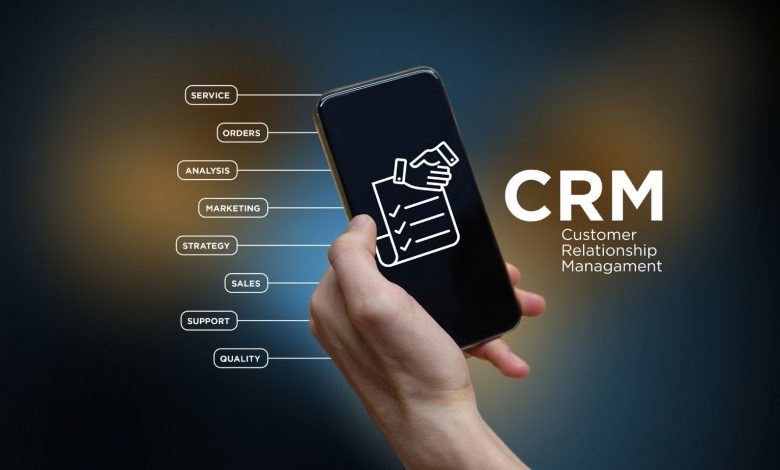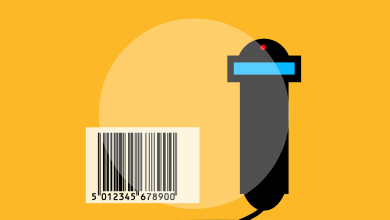All You Need To Know About Subscription-Based Business Model

The first lesson that COVID-19 has given is that the traditional revenue model for business is not the correct answer for businesses today that are either in their start-up phase or getting ready to get into the hot waters.
You must be wondering what other options are left for product-centric businesses, whose primary revenue source is manufacturing or distribution, other than the traditional model. Well, they have more opportunities to turn the unstable stream of revenue into a stable one. So, the simple answer would be to adopt a subscription-base revenue model. The best thing about this is its diversity. This means you can choose to offer either subscription boxes or offer tier-base and product-base access models.
The best part is that Odoo offers a wide range of applications that can integrate with Odoo CRM and turn your experience around. Moreover, you will also find niche and business process-specific applications that can resolve most of your issues. Along with this, it is recommend to consult certified Odoo partners. Wondering why? Because they offer services in packages that include Odoo CRM Training and custom Odoo CRM Integration.
In this article, you will find a brief introduction to the subscription-base business model, some benefits of subscription, and things you should know about subscription billing and management software before subscribing to the services.
What is a subscription?
The typical subscription definition is a process of receiving product or service for specific intervals by paying the recurring fee.’ There are three types of subscription-base business models, which we have discuss in reference with examples.
Industry Examples
- Best way to understand how a subscription-base business model works in reality, we’ll give you some examples. The most famous one is NetFlix, Amazon Prime, HBO, and Apple TV. Instead of offering flat rates for their service, they have adopted Tier-base subscriptions that include multiple memberships.
- Another form of a subscription model is the ‘Box’ subscription. The company offers a box that contains multiple products, and the customer scriber to them by paying a minimal fee. The ‘British Box’ is the most common example. This is a makeup company that offers travel-size samples of makeup products. And, the best part is they offer clients a form in which the subscriber has to enter personal details, and that information is use to send products that match clients’ preferences. But which product will be send or not is decide by the British Box team.
- Lastly, the ‘Access model.’ In this, the companies offer access to use their products by charging the subscriber a fee. And, the best example of this is ‘Car Subscription.’ BMW and Audi are the two top companies that are benefiting a lot from this. It allows them to earn revenue from cars that are not being used.
Benefits Of Subscription-Based Revenue Model
Since we have discuss the types and given you examples, now is the time to tell you the key benefits that you can enjoy as a company.
1. Auto Subscription Management
If you are thinking of managing the subscription manually, you have got it wrong because many recurring billing and payment management software are available in the market, including Odoo CRM integration, Zoho Subscriptions management, and SubscriptionFlow, etc.
By integrating these with your CRM, you can automate your subscription management by creating an auto-workflow manage by an AI. Additionally, you won’t have to worry about sending emails or reminders to clients for invoice payments because the system will manage everything for you.
2. Recurring Revenue
The most important benefit of adopting a subscription-base business model is, one can systemize the revenue. This means you’ll be earning long-term revenue from a client for a specific time.
3. Low Retention Cost
Apart from recurring revenue and auto-subscription management, the essential benefit subscription billing offers is low retention cost. This mean, you know who you the customer are, where they encounter problem or dissatisfaction, and you can effectively use that to retain customers.
Another thing is, this software is design to manage the sale and marketing pipeline by delivering the correct information to the right customers, according to their stage. And, one can also deploy an AI-power Bot that handles customer support and ticketing’s when the support team is unavailable, even in off-hours.
4. Financial Forecasts
The second last thing that subscription software offers is the financial forecast with the help of reports and analytics. Moreover, base on past details, one can accurately forecast the revenue, including voluntary subscription churn.




